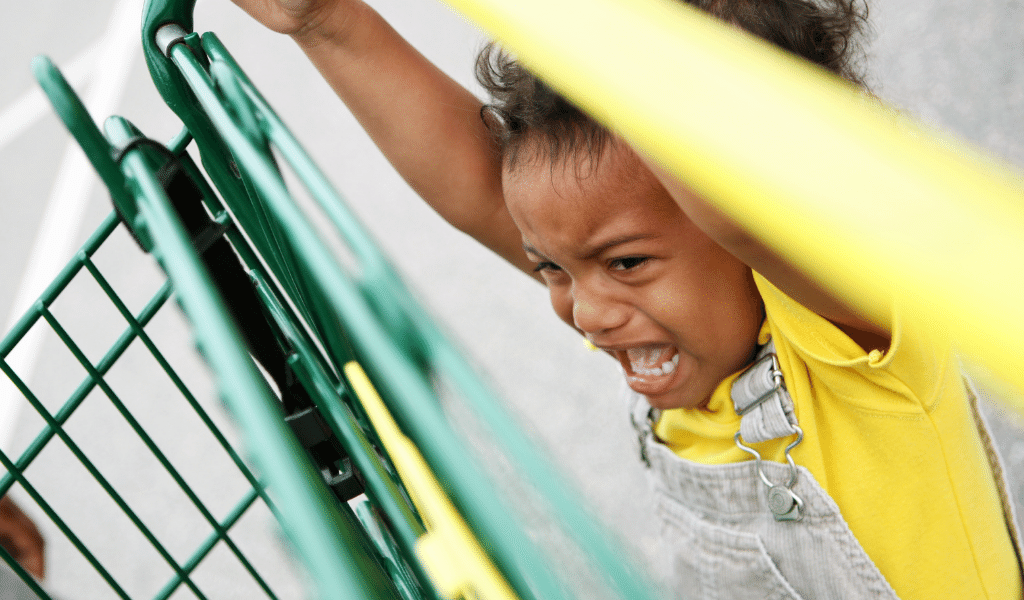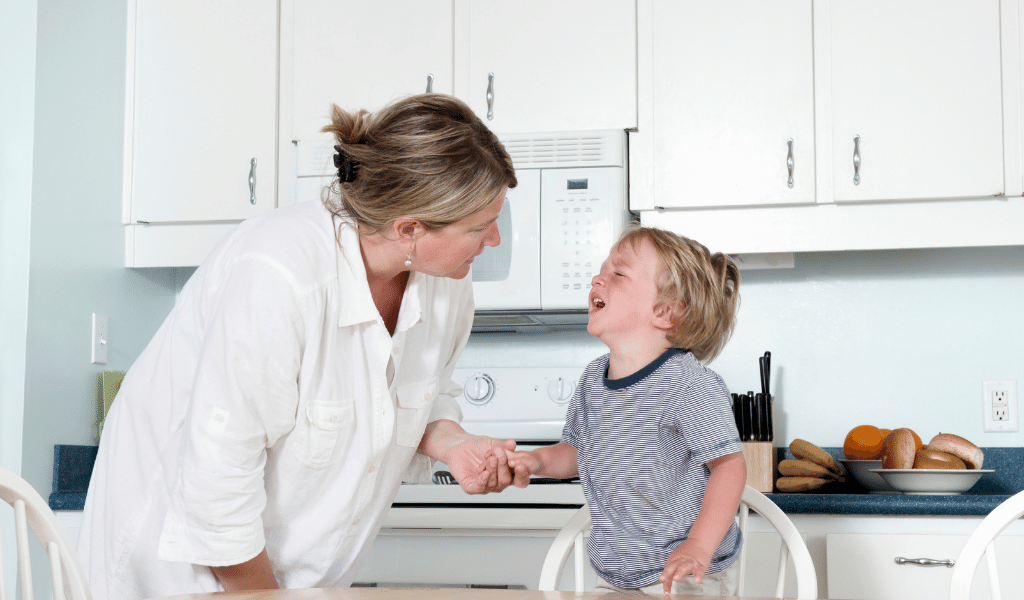A young child exhibiting intense symptoms of anxiety can be difficult to understand. Particularly when the child screams to the point of being sick or has angry outbursts. It can seem that there is no obvious or valid reason for the behaviour. So how can we relate to and support anxious behaviours we cannot understand? Here are three ways that can help us connect with an anxious child:
A child feeling anxious might be experiencing this emotion for the first time. This can be quite frightening. They might be feeling their heart race, stomach ache and not know that these are signs of anxiety.
So, when we reflect on what we see when a child is anxious, we raise their self-awareness and make the feeling more familiar. We show empathy that what they are experiencing is an uncomfortable feeling.
Next time a child shows signs of anxiety, try saying what you see – but without any judgement. For example, “I see you are biting your nails”, “I can see you are playing alone”. For intense reactions try “I can see you are feeling something really big.”

Using labels to describe a child’s anxious behaviour can be counterproductive. Try not to use statements like “You are shy”, “He is timid” or “She is mousey”. When we label a child’s behaviour the labels can become part of their self-identity. Children develop their self-identity by around age 7. So, they are more impressionable when they are younger to being told who they are.
Instead of labelling anxious behaviour as ‘shy’, we can be more descriptive. Next time a child shows anxiety in a group situation, try saying “I can see it takes a little time for you to feel comfortable. I notice you are more talkative with people you know well. Is that right?”
By sharing our observations, we are not giving them a fixed label. Instead, we are offering a description of their behaviour that is open for discussion.

Anxious moments are exactly that – moments. Even though it can feel like they are endless we can be reassured in knowing that they are temporary. So, we can use the time outside of those moments for building connection and coping skills.
To help a child cope with their anxious feelings, we must reflect on how they manage to stay calm in other similar situations. For example, when a child shows separation anxiety at nursery drop-off. When they are calm, we can explore scenarios where they are fine with separation. Like when their parent is in another room at home or when they are inside the house and their parent is in the garden.
We explore the child’s abilities in managing their feelings in these scenarios. Then we look at how they can apply these skills to future situations. These reflections can help the child feel more prepared and able to deal with anxious feelings.
It can feel instinctive to intervene or try to prevent a child from feeling anxious. But instead, an anxious child can be an opportunity for curiosity and validation of a feeling. Try to veer away from labels and instead head towards reflecting behaviour. Remember, a child who is feeling anxious will feel more connected when they feel seen, heard, and understood…

Mina Minozzi is a child emotion specialist, with an MSc in Child Development from the Institute of Education and over 12 years’ experience working with children. She has been featured in CNBC make it and The Kids Network. Mina is also an international children’s author, having written four books on emotional intelligence. Mina’s mission is to make emotional intelligence part of the curriculum so that children are enabled to be self-aware and know the power they hold within.